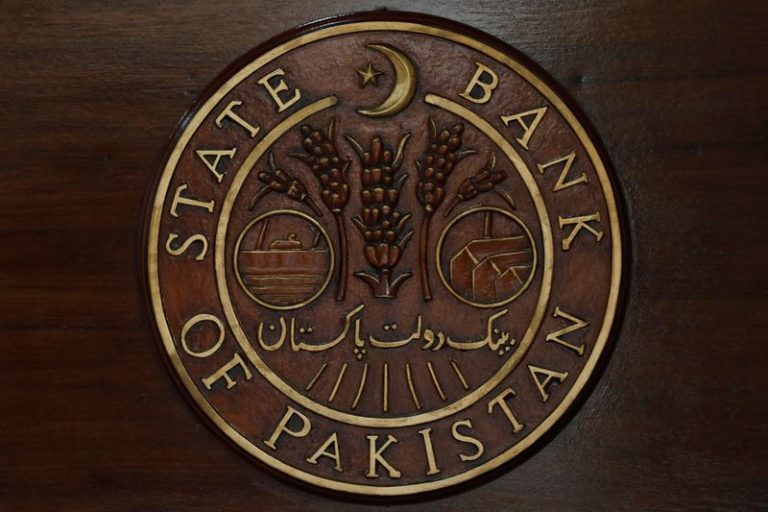By Ariba Shahid
KARACHI (Reuters) – Pakistan’s central bank cut its key policy rate by 200 basis points to 13% on Monday, it said in a statement, its fifth straight reduction since June as the country keeps up efforts to revive a sluggish economy with inflation easing.
Pakistan’s latest move makes this year’s cuts the most aggressive among emerging market central banks in the current easing cycle, barring outliers such as Argentina.
“Overall, the Committee assessed that its approach of measured policy rate cuts is keeping inflationary and external account pressures in check, while supporting economic growth on a sustainable basis,” the bank’s monetary policy committee said in a statement announcing its decision.
The bank noted that it expected inflation to average “substantially below” its earlier forecast range of 11.5% to 13.5% in 2025.
It added that the inflation outlook was susceptible to risks, including measures to meet government revenue shortfalls as well as food inflation and increased global commodity prices.
“Inflation may remain volatile in the near term before stabilizing in the target range,” the bank said.
The South Asian country is navigating a challenging economic recovery path and has been buttressed by a $7 billion facility from the International Monetary Fund (IMF) in September.
The bank noted that “considerable efforts and additional measures” would be required for Pakistan to meet its annual revenue target, a key focus of the IMF agreement.
All 12 analysts surveyed by Reuters had expected a 200 bps cut, after inflation fell sharply, slowing to 4.9% in November, largely due to a high base a year earlier, coming in below the government’s forecast and significantly lower than a multi-decade high of around 40% in May last year.
Monday’s move follows cuts of 150 bps in June, 100 in July, 200 in September, and a record cut of 250 bps in November, that have taken the rate down from an all-time high of 22%, set in June 2023 and left unchanged for a year.
It takes the total cuts to 900 bps since June.

